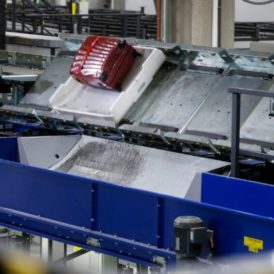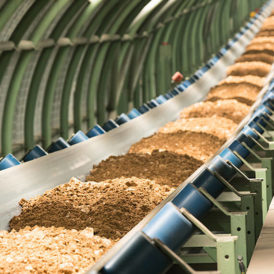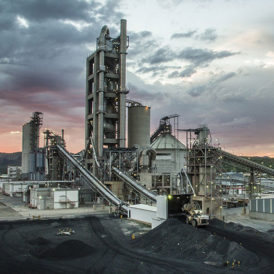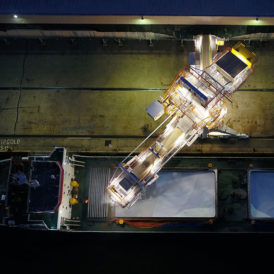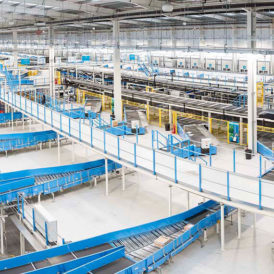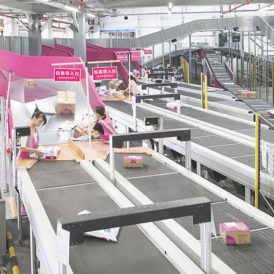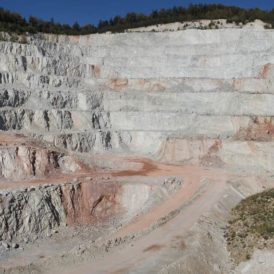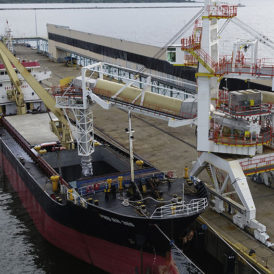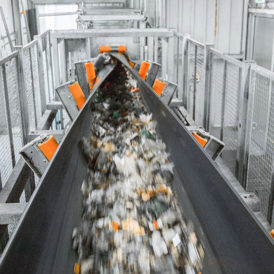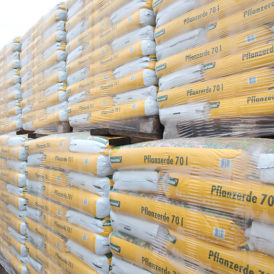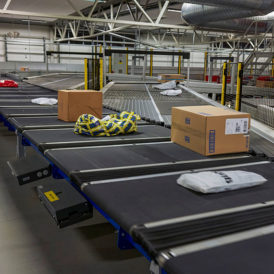We talked with Isavia’s Guðmundur Daði Rúnarsson, Chief Commercial and Airport Development Officer Keflavik Airport, about its decision to go against the flow and commence its expansion at Keflavik Airport during Covid-19 and its pivot in strategy and mindset.
The gathering of a perfect storm
Before the pandemic, Keflavik Airport had experienced exponential growth, expanding from two to ten million passengers in less than a decade. As Rúnarsson explains:
“We were working at full throttle on capacity, all development efforts were volume-driven and directed by an aviation mindset of moving as many passengers per hour from A to B.”
But in 2019, with the collapse of WOW Air and the consequential loss of 24 percent of the airport’s traffic, together with the grounding of the 737 aircraft, Keflavik already had the beginnings of a perfect storm.
Nevertheless, Rúnarsson continues, Isavia viewed these events as stumbling blocks and remained optimistic. Afterall, Keflavik ended 2019 with 7.3 million passengers; the airport had a bright future ahead.
Seizing the opportunity to pivot
Until the global pandemic hit in early 2020.
Like all airports around the world, says Rúnarsson, Isavia tried to keep one step ahead of inconsistent and ever-changing rules, working with different solutions and finding new ways to get passengers through Keflavik Airport.
The pandemic’s impact: A change of strategy and mindset
In amongst the uncertainty, however, the pandemic provided Keflavik the impetus to revisit its business strategy; its five-year plan was no longer helpful and it needed to find a new way forward. It realised it was essential to become more customer-centric and provide a better value proposition to the airlines, its partners and passengers.
But, says Rúnarsson, the pandemic also caused Isavia to realise it needed to be clear about Keflavik’s defining purpose. That it had the ability to connect the world through Iceland and to increase the quality of life and prosperity in Iceland, with sustainability as a guiding principle.
Rúnarsson elaborates:
“We want to realise the benefits for all of Iceland, not just for Isavia or the airlines, but the whole community. Everyone can benefit from Keflavik being a gateway to Iceland. That’s the core of our strategy.”
Deciding to pursue an intensive construction works programme
With that in mind, Isavia took the bold decision to move forward with a ten-year programme at Keflavik, seeing the pandemic as an opportunity to start a lot of construction that would otherwise be difficult. The programme comprises two major projects – the expansion of a new pier and terminal – and 21 connected projects. As Rúnarsson states:
“During the pandemic, we tried to think outside the construction box and be the solution rather than sit back and say, we cannot solve this. When we looked into future projections, we thought it was only logical to continue with our development programme that would make better facilities and services available when traffic returned.”
The pandemic forced Keflavik to optimise its programme and start with the most complicated projects first because it now had the space and capacity in its existing infrastructure. By putting these building blocks in place, says Rúnarsson, the later phases could be delivered in a more modular manner.
Delivering on a new strategy and expansion
So, how did Isavia drive its programme with recovery and sustainability in mind during a pandemic?
The airport development team undertook detailed analysis and out-of-the-box strategising, looking at the risks of delivering the intensive construction works over the next ten years and how to integrate its sustainability strategy.
For this, it brought in Mace Group, global experts in aviation, to learn from other major airport programmes and created an integrated team culture combining local and international expertise. It also devised an ambitious sustainability action plan of being carbon neutral by 2030.
But the team was always mindful that Keflavik had to remain resilient while operating in a pandemic. Therefore, while it got its expansion plans underway, managed its logistics and supply chains, it also maintained operational flexibility. Short-term enhancement was prioritised, for example, to ensure that it would have the facilities to cope when demand returns and that it would be able to deliver over 35 percent increased capacity by 2024.
The role of Operational Readiness Activation and Transition (ORAT) methodology
At the heart of everything it did, Isavia combined ORAT methodology with design and user experience in mind to its expansion plans. This involved:
- Governance: Establishing the project structure, flushing out the scope excesses and putting project controls and governance in place.
- Stakeholders: Getting operational buy-in from the outset, focussing on operationally-critical issues and passenger centricity.
- Status reports: Providing unbiased, independent readiness progress reports (including both construction and stakeholders).
- Risk and issues: Identifying, tracking and managing ORAT risks and issues.
- Complex scheduling: Consolidating the build, manpower, trials, operations and transition. Undertaking training, doing soft launches without impacting the critical stages of the programme.
- Business objectives: Verifying business objectives and success criteria.
A logistics strategy has also been implemented across the programme. This will enable the operational side of the airport to navigate the restrictions and movement corridors early on, so they can plan their activities and operations around the disruption during the decade.
By taking this approach, says Rúnarsson, Isavia obtained:
- Clarity around design language, procurement strategy and governance.
- Programme controls that can be implemented without undertaking ‘open heart surgery’.
- A clear carbon reduction roadmap with deliverable targets over the next decade.
- An engaged team with the right people in the right roles to move forwards.
- An optimised development programme that has saved money, rather than spent money – adding value to the programme.
It’s been a matter of doing more with less, says Rúnarsson.
At the same time, however, Keflavik didn’t want to dilute the passenger experience as a result of the development programme. Passenger centricity has, therefore, been central to the programme’s kick off, with focus on people and processes to get the airport match-fit for the recovery.
And it’s paying off. Passenger numbers are bouncing back, with up to 84 percent recovery and, unlike other airports around the world, Keflavik is coping seamlessly with the returning demand.
Rúnarsson’s final word on what airports should be prioritising right now?:
“Airports need to move out of our aviation/ engineering operational mindsets of moving people from A to B. The airport of the future will be part of the passenger journey, part of the destination where they want to spend time and not just a place of transaction.”
